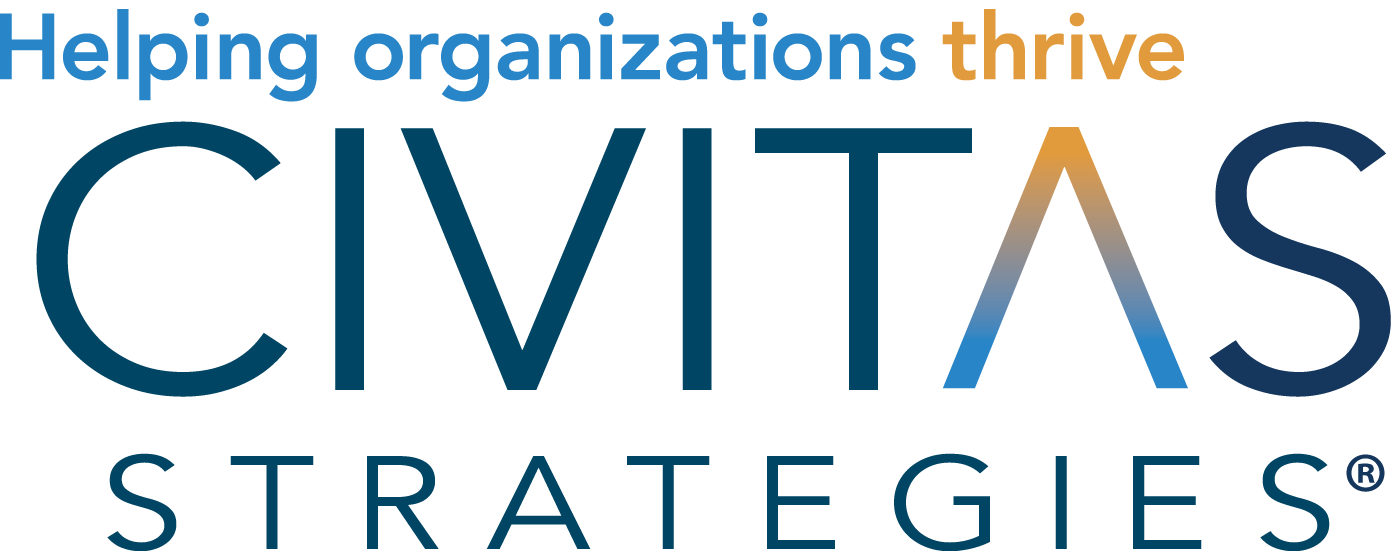Creating an Employee Handbook for Your Child Care Program
As your child care business grows, having clear expectations and consistent communication with your staff becomes more important and more challenging. That’s where an employee handbook comes in.
An employee handbook is a straightforward and effective way to ensure that everyone understands your organization's policies, values, and procedures. It supports a healthy work environment, reduces confusion, and helps you avoid unnecessary conflicts or misunderstandings. It’s also a helpful tool for onboarding new staff, guiding day-to-day operations, and ensuring your program's legal protection.
Even if you have only one or two employees, a handbook helps set the tone for professionalism and creates shared expectations from the outset. It doesn’t have to be long or complicated—just clear, organized, and relevant to your business.
Here’s a step-by-step guide to what to include when building your handbook:
1. Start with a Welcome
Kick off your handbook with a short message welcoming your staff to the program. This is a chance to share your business philosophy and mission. Highlight the values that guide your work, what you expect from your team, and what they can expect from you in return.
2. Set Expectations
Be specific about the standards you want your team to follow. This section should cover topics like:
Attendance and punctuality
Dress code
Use of cell phones and technology
Professional conduct
Communication with families and coworkers
3. Scheduling and Paid Time Off
Make it easy for staff to understand how schedules work and how to request time off. Include details about:
Work hours
Holidays and closures
Sick leave and vacation
How to report absences
4. Responsibilities and Daily Duties
List out the tasks your staff are responsible for, from opening and closing routines to supervision and cleaning. This helps everyone know what’s expected each day and prevents gaps in coverage. You might include:
Supervision of children
Cleaning and classroom duties
Meal prep
End-of-day routines
5. Health and Safety
Health and safety policies are essential in any child care setting. Include guidelines for:
Handwashing
Cleaning protocols
Emergency drills
Incident reporting
6. Communication and Conflict Resolution
Encourage open, respectful communication. Let staff know how to:
Bring up concerns
Report issues
Resolve conflicts professionally
7. Legal Language
Add a short disclaimer stating that the handbook is not an employment contract and that policies may be updated as needed. This gives you the flexibility to adapt over time and protects you from legal risk.
Even a short, clear handbook can help reduce misunderstandings and support your team. It shows that your program is professional, organized, and committed to working together successfully.
